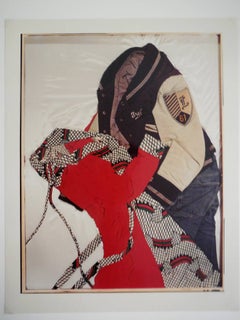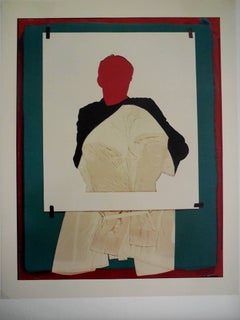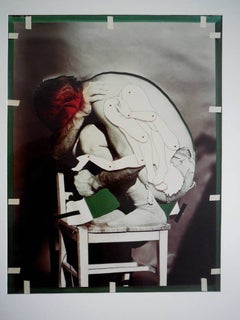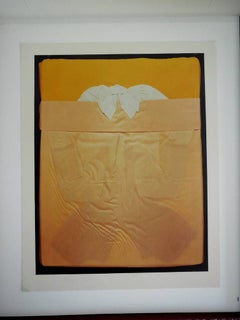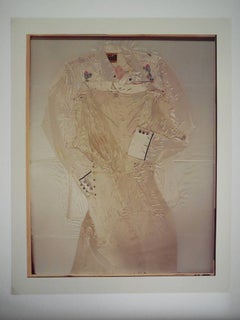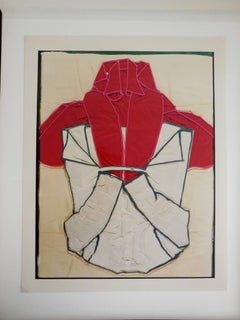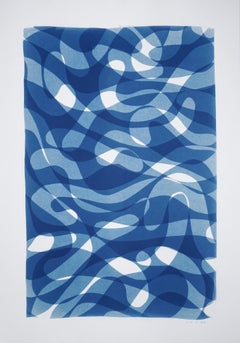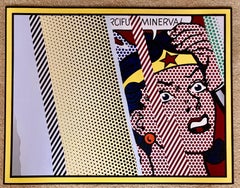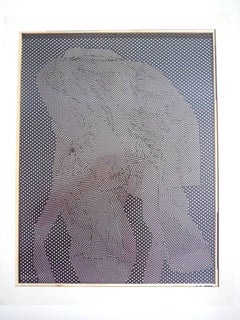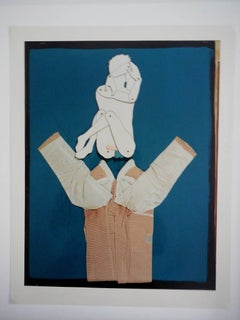Harry Bowers Art
1980s Harry Bowers Art
Photographic Paper
1980s Arte Povera Harry Bowers Art
Photographic Paper, C Print
1980s Harry Bowers Art
Photographic Paper
1980s Pop Art Harry Bowers Art
Photographic Paper
1980s Harry Bowers Art
Photographic Paper
1980s Harry Bowers Art
Photographic Paper
1980s Arte Povera Harry Bowers Art
Photographic Paper
1980s Arte Povera Harry Bowers Art
Photographic Paper, C Print
1980s American Modern Harry Bowers Art
Photographic Paper, C Print
1980s 85 New Wave Harry Bowers Art
C Print
2010s Abstract Harry Bowers Art
Photographic Film, Photogram, Monotype, Color, C Print, Photographic Pap...
Mid-20th Century Pop Art Harry Bowers Art
Photographic Paper, Color, Archival Pigment, Digital Pigment
Mid-20th Century Pop Art Harry Bowers Art
Photographic Paper, Color, Digital, Archival Pigment
2010s Pop Art Harry Bowers Art
Mixed Media, Photographic Paper
20th Century Contemporary Harry Bowers Art
Photographic Paper, Black and White, C Print, Lambda
2010s Contemporary Harry Bowers Art
Archival Paper, Photographic Paper, Polaroid
2010s Contemporary Harry Bowers Art
Archival Paper, Photographic Paper, Polaroid
1950s Pop Art Harry Bowers Art
Photographic Paper
21st Century and Contemporary Contemporary Harry Bowers Art
Photographic Paper, Black and White, Polaroid
2010s Abstract Harry Bowers Art
Photographic Film, Archival Ink, Photographic Paper, C Print, Digital, G...
2010s Pop Art Harry Bowers Art
Mixed Media, Photographic Paper
2010s 85 New Wave Harry Bowers Art
Photographic Film, Photographic Paper, C Print, Giclée, Archival Pigment
1980s Harry Bowers Art
1980s Harry Bowers Art
1980s American Modern Harry Bowers Art
Photographic Paper, C Print
1980s 85 New Wave Harry Bowers Art
C Print
